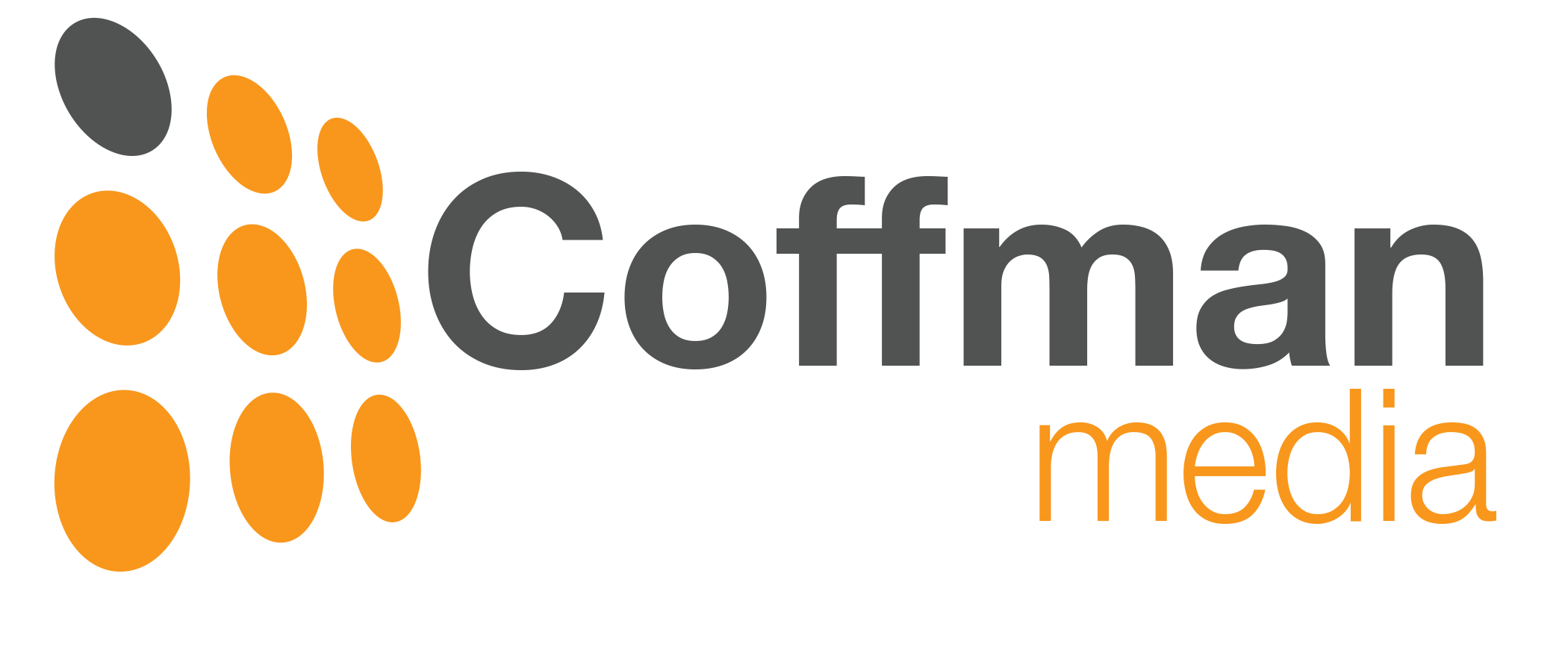The Giant Screen Cinema Association (GSCA), held its international conference and trade show in San Francisco this year. I was honored to have been invited to speak about the impact of laser illumination on a panel of industry experts from different backgrounds ranging from filmmaking for the giant screen to star show producers for full dome planetariums.
The GSCA represents a diverse group of theaters, museums, multipurpose venues - all with a common interest: showing content on… GIANT SCREENS. Though unified in this common first principle, they quickly show their fierce independence. First they divide into flat screen vs. dome exhibitors and become more specialized from there.The industry includes 1,040 screens – 927 flat and 113 dome screens – worldwide. Of these 1,040 screens, 836 have converted to Xenon-illuminated digital – mostly dual – projector systems. The remaining 204 are giant film (70mm) theaters. This is where laser illumination is essential. Giant, high-resolution, 70mm film images have been the staple of the GSCA for over 40 years. But with the conversion of mainstream cinema to digital and the resulting decline in film availability, GSCA members are facing an existential threat. They need digital solutions and the sooner the better.
Only ultra-high brightness laser illumination can provide the solution: both big, bright images and the flexibility and economy of digital distribution.
Laser illumination for the giant screen
With more than 54,000 screens installed across the world, Barco is the global leader in digital cinema projection. Barco is also the leader in laser-illuminated digital cinema, with over 50 installs in 15 countries. What’s probably less well-known is that Barco provides the laser technology for IMAX’s new GT Laser Cinema system. This system was recently installed at the AMC Metreon in San Francisco on an unbelievably giant, 100 by 70 foot, totally immersive screen.
The conference opened with a brief explanation of the IMAX laser system and two new giant screen movies: Wild Africa 3D and National Parks Adventure. The laser system was used for all of the week’s flat screen content, both 2D and 3D. The conference included a technical deep dive on Friday afternoon, containing some GS camera test footage and a comprehensive presentation by IMAX’s Chief Quality Officer, David Keighley.
Understand that the GSCA doesn’t take its moniker lightly. It has developed a specification that defines what GS means. The DIGSS (Digital Immersive Giant Screen Specifications) is similar to the DCI Cinema standards but it has its own unique requirements. Its key elements are:
- Screen size - ?70 x 53 feet (21 x 16 meters) 4:3 native aspect ratio (although 1.89:1 is allowed in smaller theaters)
- Peak Luminance ?20fL for 2D and ?6fL for 3D.
- Contrast >2000:1
Barco’s contribution to the giant screen world
In 2012, Barco demonstrated the world’s first, integrated (read:
lasers inside the projector), high-brightness laser-illuminated
projector prototype. It weighed in at 54,000 lumens and stunned the
entire cinema industry. Shortly thereafter IMAX and Barco announced an
exclusive partnership to provide the GS world with a projection system,
the likes of which the world had never seen.
Barco provides the laser technology for IMAX’s unique, high-performance,
dual 4K projector system. David Keighley provided the rundown on
performance on the huge, 100 foot-wide screen.
- >20fL 2D on the 100 x 70 foot screen (50% brighter than DCI)
- Full 4K chip 4:3 aspect ratio with >4K net resolution
- On-off contrast twice that of film >8,000:1
- 6 Primary 3D aka “6P” - brighter than film 3D
- Saturated wide color gamut capable
All of these performance requirements are supported by Barco laser technology, reliability, lifetime and efficiency.
 Personally,
this opportunity to eyewitness the enormity of what laser will do for
GS presentation was nothing short of breathtaking. Whether it was the
3D antics of weightless astronauts on the international space station or
huge, wide, ultra-high resolution shots of my favorite piece of rock,
Half Dome, in Yosemite Valley, like Yosemite itself, the scale of these
images have to immerse you to be fully comprehended. Size matters!
Personally,
this opportunity to eyewitness the enormity of what laser will do for
GS presentation was nothing short of breathtaking. Whether it was the
3D antics of weightless astronauts on the international space station or
huge, wide, ultra-high resolution shots of my favorite piece of rock,
Half Dome, in Yosemite Valley, like Yosemite itself, the scale of these
images have to immerse you to be fully comprehended. Size matters!
Thursday technology trends panel discussion
 Unlike
many panels I have been on, Paul and Martin went to great lengths to
solicit questions from the GSCA membership and structure them to
comprehensively cover all aspects of the technology. Now I can
occasionally go “geek” in these settings, but after having seen the
“real deal” on screen, most of my comments focused more audience impact
than how the laser technology works.
Unlike
many panels I have been on, Paul and Martin went to great lengths to
solicit questions from the GSCA membership and structure them to
comprehensively cover all aspects of the technology. Now I can
occasionally go “geek” in these settings, but after having seen the
“real deal” on screen, most of my comments focused more audience impact
than how the laser technology works.
For the GSCA membership, I had only one critical recommendation: do what
no other medium can – spend the lumens on scale and immersion. Flat or
dome, laser is the only platform for a truly unique and unmatchable
experience.
Photos courtesy of my good friend
James Hyder, editor of the Large Format Examiner Photo by James Hyder. ©
2015 by Cinergetics, LLC.



